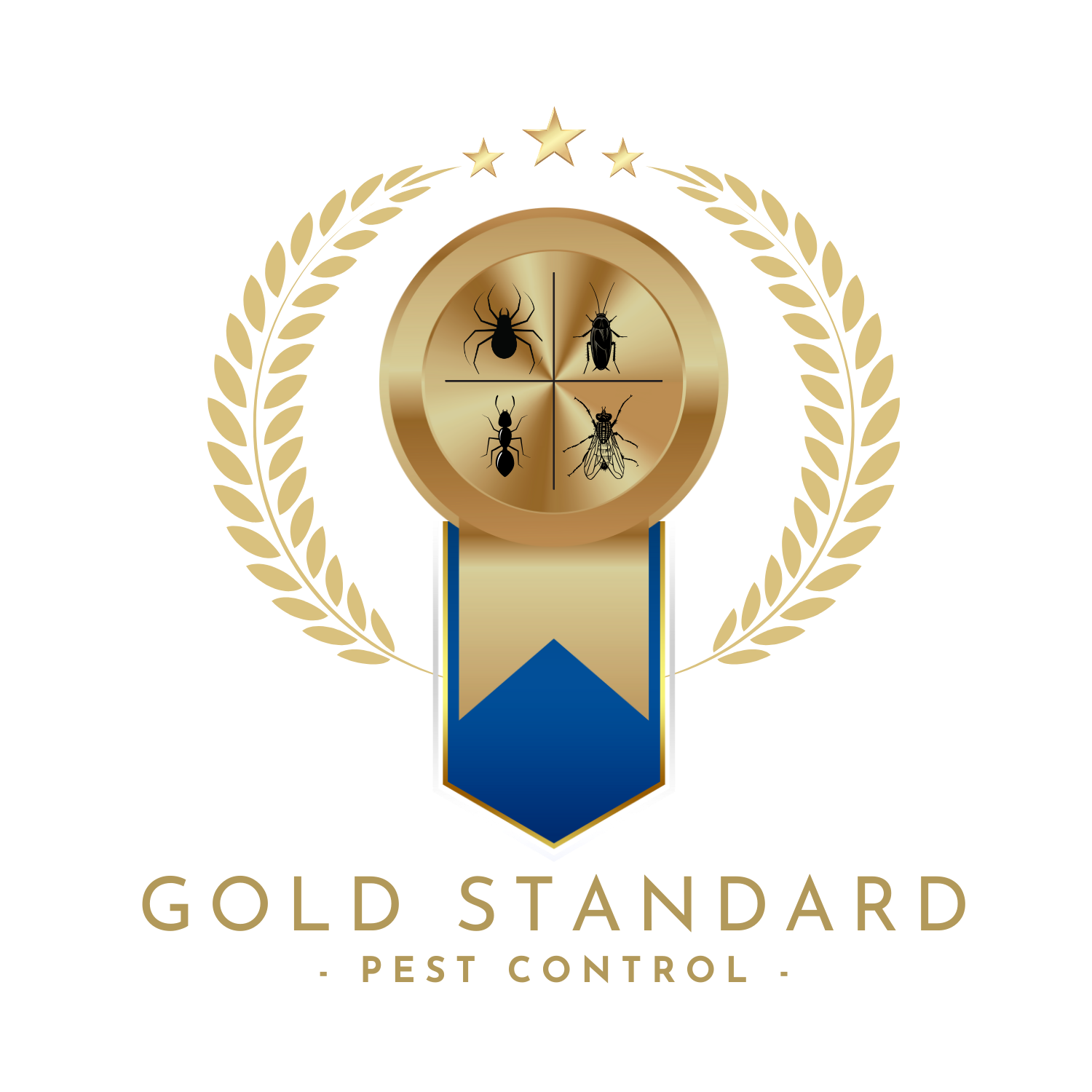Welcome to Our Pest Control Library!
Hey there! Welcome to our Pest Control Library – your go-to resource for all things pest-related. We’re here to help you understand those pesky critters and how to keep them out of your space for good.
Pest Control Library
Meet the Pests
Learn about the different types of pests and how they can impact your space
Spotting the Signs
Guarding Your Health
Understanding Their Ways
Keeping Them Out
Integrated Pest Management
Our Approach
Wondering how we do what we do? Learn all about Integrated Pest Management –our eco-friendly approach to pest control that gets the job done without harming the planet.
DIY Solutions Made Easy
Your safety is our top priority. Get the lowdown on how to stay safe when dealing with pests and pesticides – because nobody likes unexpected surprises.
Pest Category
Effortlessly navigate pest categories with intuitive toggling, making information access a breeze!
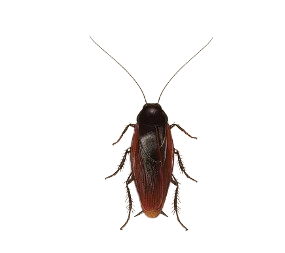
Smokey brown cockroaches
Smokey brown cockroaches are a species known for their dark brown coloration and are often found in warm, humid environments, posing a common household pest problem.
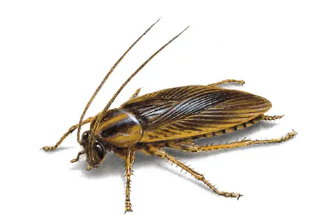
German cockroaches
German cockroaches are small, light brown insects notorious for their rapid reproduction and ability to infest homes, restaurants, and other buildings.
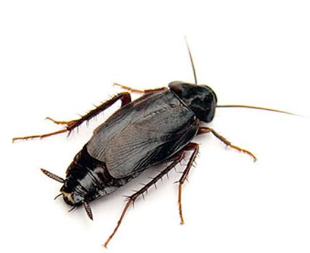
Oriental cockroaches
Oriental cockroaches, also known as black beetles, are dark brown to black in color and often inhabit damp, dark areas indoors, posing a nuisance and potential health hazard.
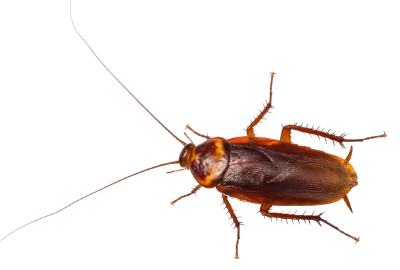
Asian cockroaches
Asian cockroaches, resembling German species, are swift pests typically found outdoors, yet they can also infiltrate homes occasionally, posing a persistent challenge for homeowners and pest control efforts alike

Carpenter ants
Large ants that excavate wood, causing structural damage to buildings.
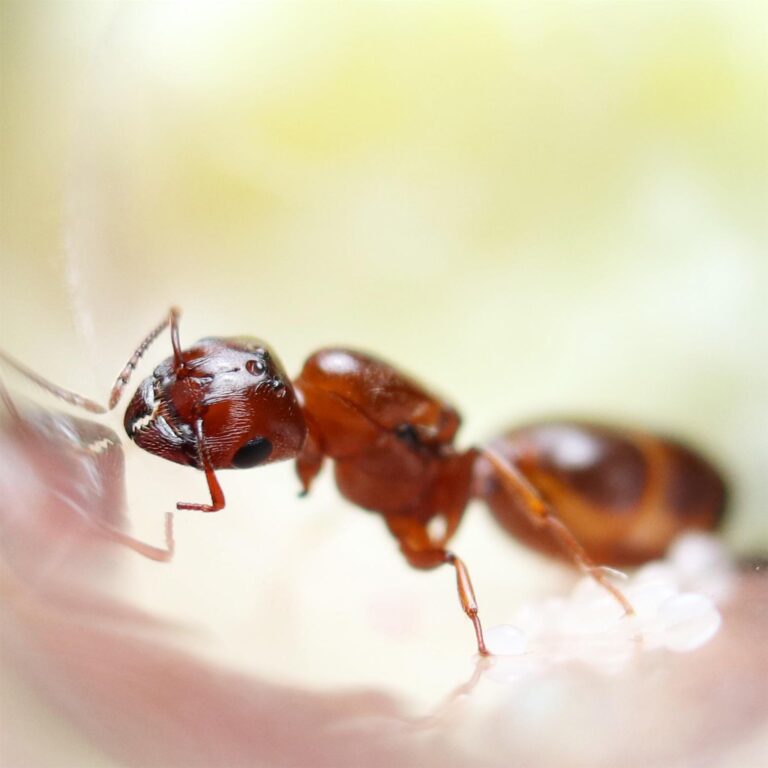
Acrobat ants
Agile ants capable of acrobatic movements; they nest in various locations and are known to invade buildings.

Pharaoh ants
Small, pale ants with multiple colonies; notorious for infesting buildings and difficult to control.

Odorous house ants
Small, dark ants emitting a foul odor when crushed; often found foraging in homes and attracted to sweets.
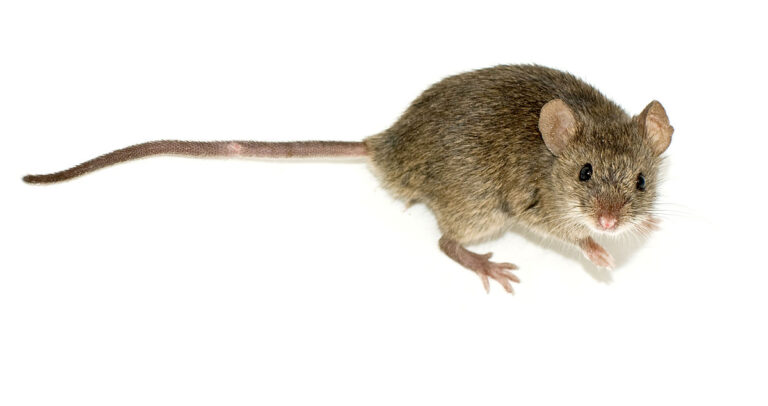
House Mice
House mice are small rodents commonly found in homes and buildings, known for their ability to reproduce rapidly and cause damage by gnawing on various materials, contaminating food, and spreading diseases.
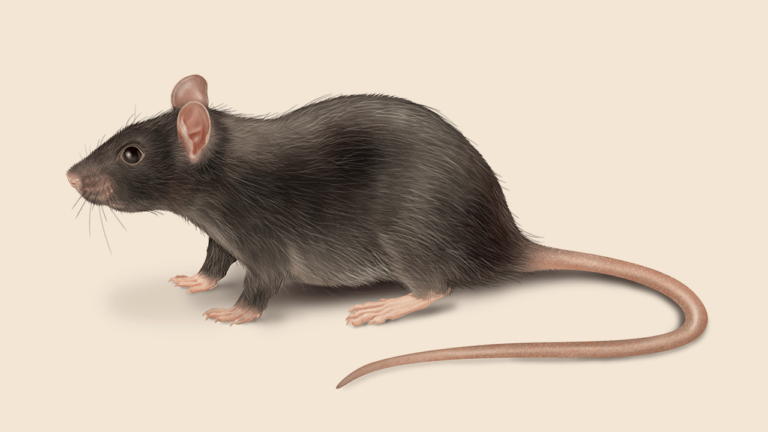
Roof Rat
Agile ants capable of acrobatic movements; they nest in various locations and are known to invade buildings.
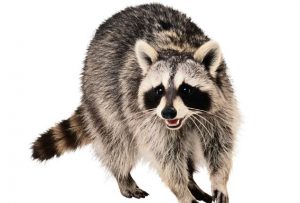
Raccoon
Known for their scavenging behavior, ability to raid garbage cans, and occasionally causing damage to property.
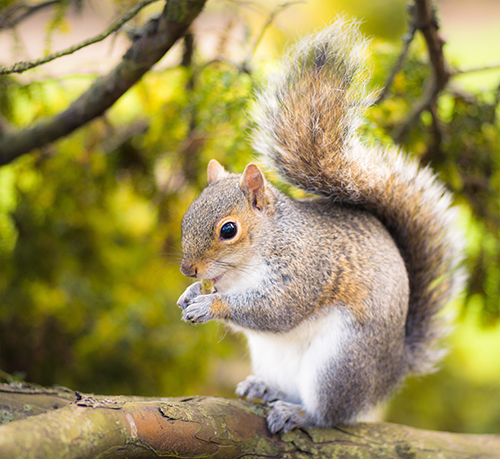
Squirrels
They are commonly found in urban parks, forests, and residential areas, often nesting in trees or attics. While they primarily feed on nuts and seeds, they may cause damage to property by gnawing on wood and electrical wires.
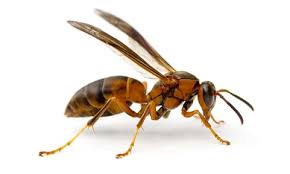
Stinging Insects
A broad category encompassing various species of insects equipped with stingers for defense or prey capture, including bees, wasps, hornets, and ants, which can pose a threat to humans and animals.
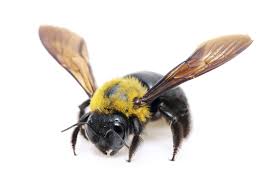
Carpenter Bees
Large solitary bees known for boring holes into wood to create nests, potentially causing damage to wooden structures but typically not aggressive unless provoked.
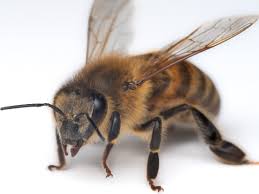
Honey Bees
Social bees known for their role in pollination and honey production, forming large colonies with a single queen and workers, crucial for agricultural ecosystems, though capable of stinging if threatened.
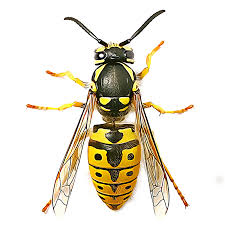
Yellow Jackets
Aggressive wasps with distinctive yellow and black markings, often nesting underground or in wall voids, known for their painful stings and scavenging behavior, especially around sugary foods and picnics.

Lone Star tick
Found in the southeastern and eastern United States, known for the white spot on the back of adult females.
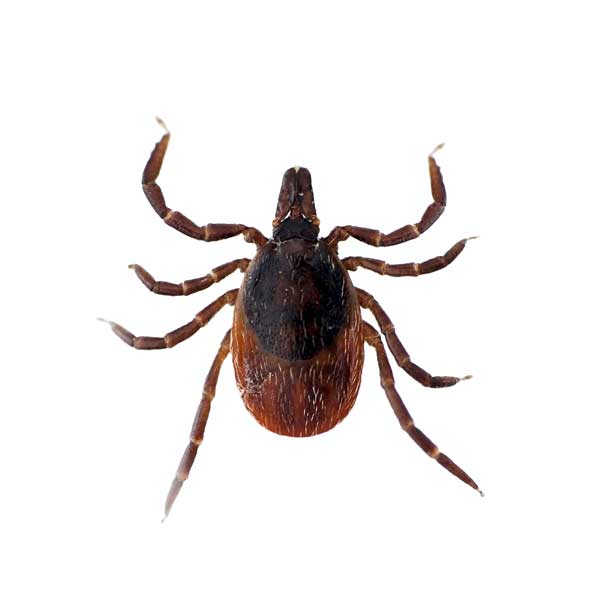
Black-legged tick
Found in northeastern, mid-Atlantic, and north-central United States, vector for Lyme disease.
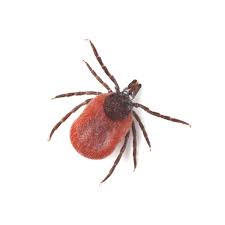
Deer tick
Found in Europe and parts of Asia, vector for Lyme disease and tick-borne encephalitis.

Brown dog tick
Found worldwide, commonly infests domestic dogs, can transmit diseases like Rocky Mountain spotted fever and canine ehrlichiosis.

Black Widow Spiders
Venomous arachnids with black bodies and red hourglass markings, known for potent neurotoxic venom causing painful bites; found worldwide in temperate regions.
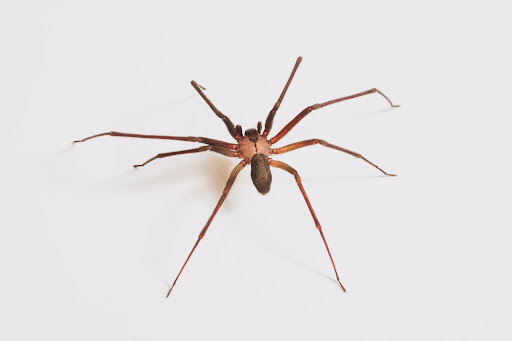
Brown Recluse Spiders
Venomous spiders recognizable by violin-shaped markings, inhabit warm, dry areas, bites may cause tissue necrosis but severe reactions are rare.
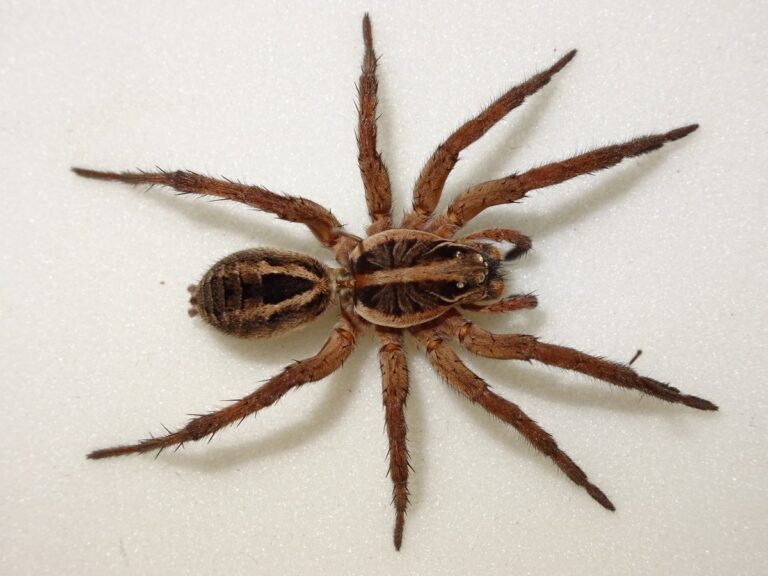
Wolf Spiders
Large, hairy hunters without webs, found globally in various habitats, their bites are generally not medically significant for humans.

Orb-Weaver Spiders
Weavers of intricate, wheel-shaped webs, found worldwide, not harmful to humans, contribute to insect control in ecosystems.
